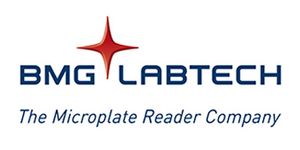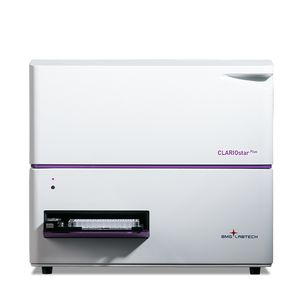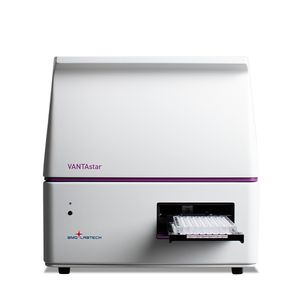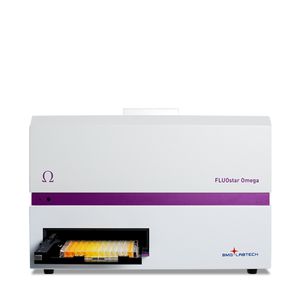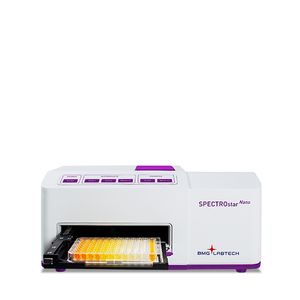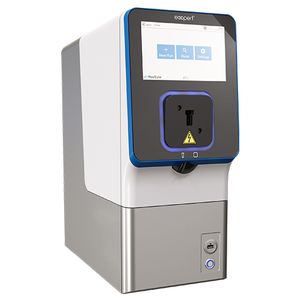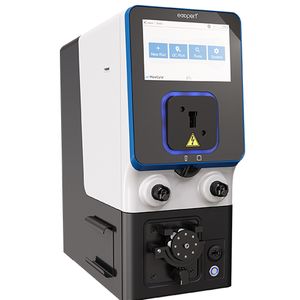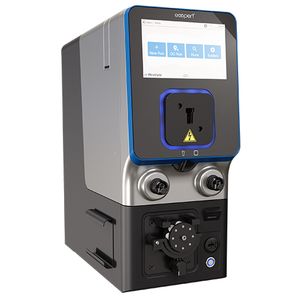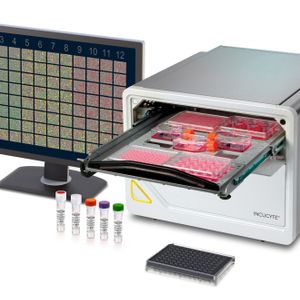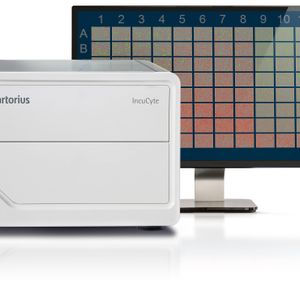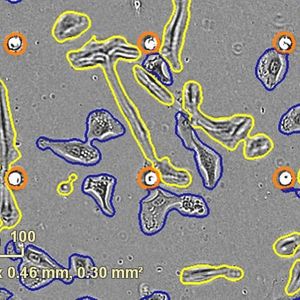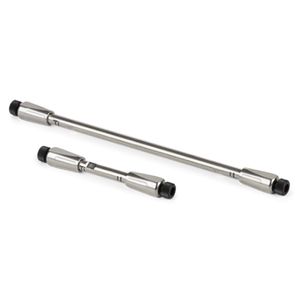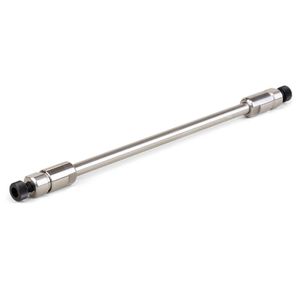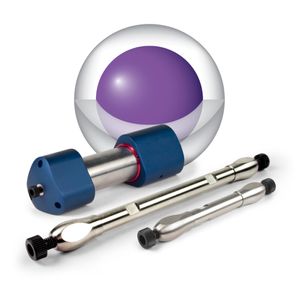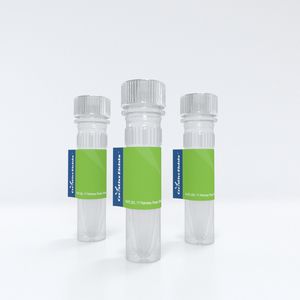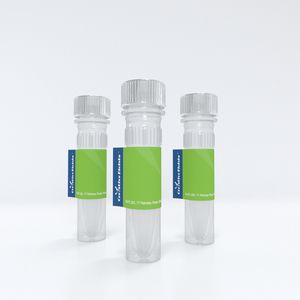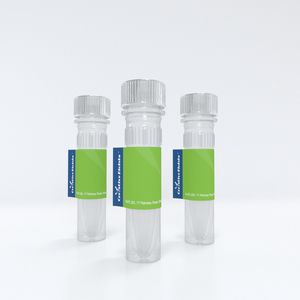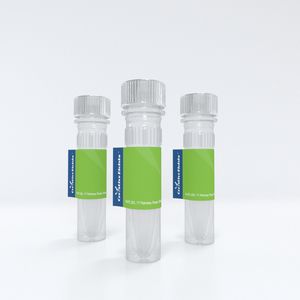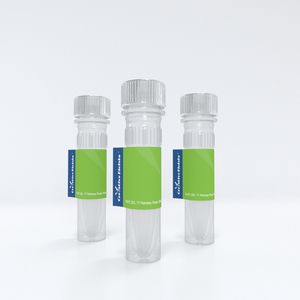BMG LABTECH is a leading global manufacturer of innovative, high-quality, and reliable microplate reader instrumentation.
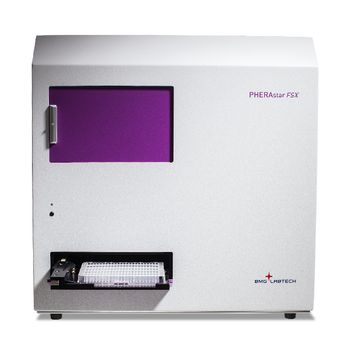
PHERAstar FSX | BMG LABTECH
Developed to fulfil the hardest high-throughput screening requirements, the PHERAstar FSX plate reader meets the needs of every modern laboratory.
 Supporting Documents
Supporting Documents
 Citations (1)
Citations (1)
(1) Development of a membrane-based Gi-CASE biosensor assay for profiling compounds at cannabinoid receptors.
Frontiers in pharmacology
January 01, 2023
Scott-Dennis M, Rafani FA, Yi Y, Perera T, Harwood CR, Guba W, Rufer AC, Grether U, Veprintsev DB, Sykes DA
The cannabinoid receptor (CBR) subtypes 1 (CBR) and 2 (CBR) are key components of the endocannabinoid system (ECS), playing a central role in the control of peripheral pain, inflammation and the immune response, with further roles in the endocrine regulation of food intake and energy balance. So far, few medicines targeting these receptors have reached the clinic, suggesting that a better understanding of the receptor signalling properties of existing tool compounds and clinical candidates may open the door to the development of more effective and safer treatments. Both CBR and CBR are Gα protein-coupled receptors but detecting Gα protein signalling activity reliably and reproducibly is challenging. This is due to the inherent variability in live cell-based assays and restrictions around the use of radioactive [S]-GTPγS, a favoured technology for developing higher-throughput membrane-based Gα protein activity assays. Here, we describe the development of a membrane-based Gα signalling system, produced from membrane preparations of HEK293TR cells, stably overexpressing CBR or CBR, and components of the Gα-CASE biosensor. This BRET-based system allows direct detection of Gα signalling in both cells and membranes by monitoring bioluminescence resonance energy transfer (BRET) between the α and the βγ subunits. Cells and membranes were subject to increasing concentrations of reference cannabinoid compounds, with 10 μM furimazine added to generate RET signals, which were detected on a PHERAstar FSX plate reader, then processed using MARS software and analysed in GraphPad PRISM 9.2. In membranes expressing the Gi-CASE biosensor, the cannabinoid ligands profiled were found to show agonist and inverse agonist activity. Agonist activity elicited a decrease in the BRET signal, indicative of receptor activation and G protein dissociation. Inverse agonist activity caused an increase in BRET signal, indicative of receptor inactivation, and the accumulation of inactive G protein. Our membrane-based Gi-CASE NanoBRET system successfully characterised the potency (pEC) and efficacy (E) of CBR agonists and inverse agonists in a 384-well screening format. Values obtained were in-line with whole-cell Gi-CASE assays and consistent with literature values obtained in the GTPγS screening format. This novel, membrane-based Gα protein activation assay is applicable to other Gα-coupled GPCRs, including orphan receptors, allowing real-time higher-throughput measurements of receptor activation.
